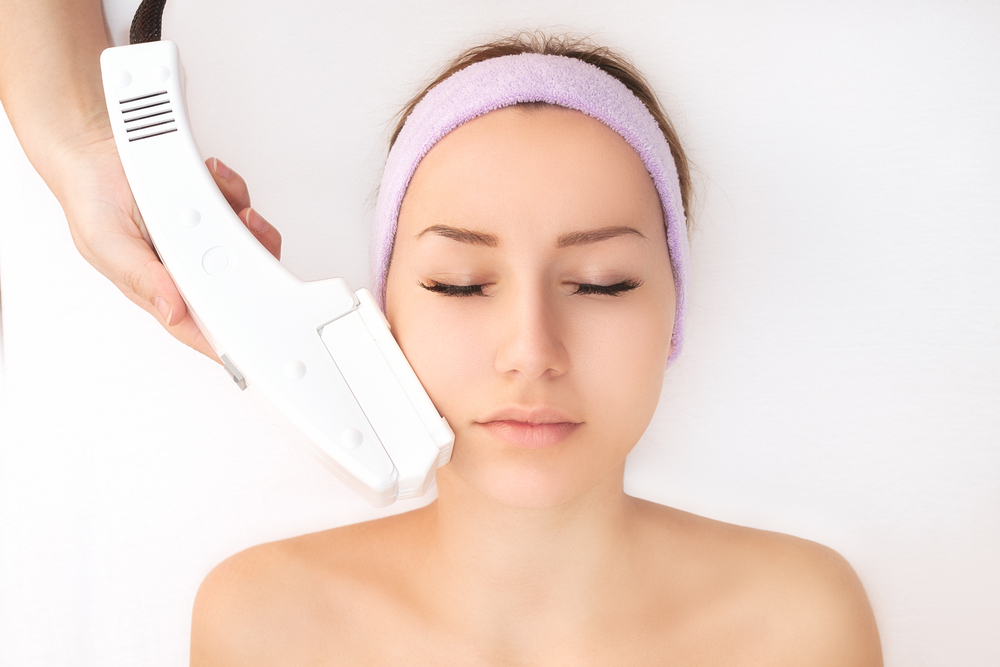Laser skin rejuvenation may appear to be a simple concept, but it involves much more than waving a laser over your skin. In fact, if you don’t have specific knowledge of the type of procedure that you’re about to undertake, you may be wasting your time and money. Make sure you have a handle on basic laser skin rejuvenation facts before agreeing to any procedure.
Fiction: All Skin Types Benefit From Laser Resurfacing
Due to the fact that laser skin resurfacing uses specially focused and amplified light, some people believe that the treatment is appropriate for all types of skin.
Fact: Certain Types of Skin Work Best For Laser Resurfacing
Typically speaking, the less pigment that your skin contains, the more effective that the treatment will turn out to be. A significant aspect of laser skin resurfacing technology removes evidence of scars and imperfections by eliminating errant pigment or dark marks caused by old scarring on the surface of the skin.
As a result, when the laser is applied to skin with a lot of pigment, the procedure ends up targeting healthy skin instead of focusing solely on imperfections. This can cause desired pigmentation to fade and never recover, causing imperfections to multiply instead of being eliminated.
Fiction: Laser Skin Resurfacing Heals Acne
Occasionally, somebody interested in dealing with acne or other types of medical skin issues consider laser skin resurfacing as a potential treatment for all imperfections.
Fact: If You Have a Skin Condition, Check With Your Doctor First
Whether you’re dealing with acne or a different type of skin issue, you’ll want to check with your doctor first to make sure that the laser won’t interact with your condition in such a way that It will exacerbate your problem.
The laser employed to reduce the amount of blemishes on your skin is meant to be applied to the surface only. This means that the effects of the laser on skin that’s broken can’t be guaranteed to be the outcome you desire since it’s working beyond the surface area. Depending on the condition that you’re dealing with, the laser may trigger another wave of acne or worse.
Fiction: All The Lasers Are the Same
People unfamiliar with laser skin resurfacing, or the science of lasers in general, may believe that all lasers are basically the same.
Fact: Different Lasers Are Used According to Situation
Laser light for skin resurfacing may take on different properties, depending on the strength, wavelength, intensity, color and other variables that determine how focused light will interact with skin. For example, an ablative laser that uses CO2 may be used on the facial area due to the amount of “sebaceous glands”, which allows for the skin to heal after the laser performs its duty. However, this type of laser used on arms, legs or the upper body would increase the likelihood that the skin wouldn’t heal quick enough, leading to burns and other potential complications.
Also, non-ablative lasers, such as fractional lasers, aren’t likely to have as dramatic as an effect as ablative lasers, but do benefit from being less invasive than a CO2 laser. While CO2 lasers target pigments and dark spots, fractional lasers target “vertical columns of skin”, eliminating imperfections while providing space for healthy skin to fill in.
Contact An Expert For Answers
Regardless of the type of skin that you wish to rejuvenate, you should always ask an expert whenever you have questions about any type of procedure.
Dr. Kenneth Dickie offers patients a personable approach to cutting-edge surgical and non-surgical procedures. We proudly offer plastic surgery services to Barrie, Collingwood, Sudbury, Orillia, Huntsville, Bracebridge and surrounding areas.
Fill out the form on the right to schedule a personal consultation with plastic surgeon Dr. Kenneth Dickie. Or call us at the phone number posted at the top of the page.

